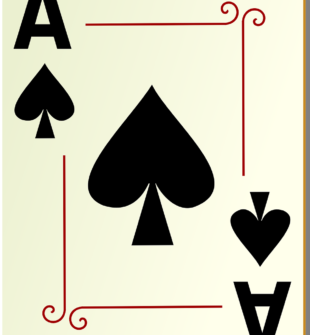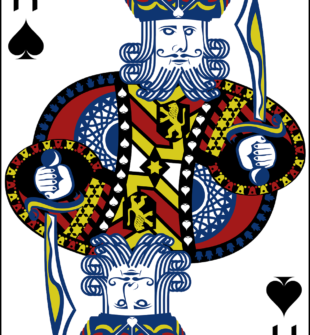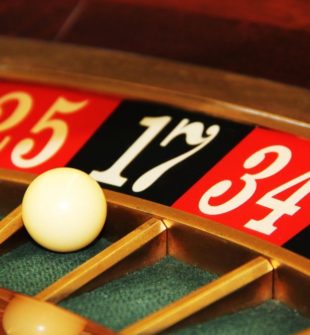Counting cards in blackjack is a popular strategy used by experienced players to gain an edge over the casino

In this article, we will provide a detailed overview of what counting cards entails and its significance for casino enthusiasts. Additionally, we will explore the historical development of card counting over time.
Introduction: Exploring Count Cards in Blackjack
Counting cards in blackjack is a technique employed by players to track the ratio between high and low cards remaining in the deck. By doing so, players can make more informed decisions regarding their bets and actions, increasing their chances of winning. While many people believe that card counting is illegal or considered cheating, it is actually a legal strategy that requires a high level of skill and concentration.
Understanding the Basics: How Does Card Counting Work?

Card counting relies on the principle that an excess of high cards (Aces, face cards, and tens) in the deck favors the player, while an excess of low cards (2-6) favors the dealer. The most commonly used card counting system is the Hi-Lo system, where players assign values of +1, -1, or 0 to each card dealt. By keeping a running count of these values, players can estimate the proportion of high to low cards remaining in the deck.
The Historical Evolution of Counting Cards in Blackjack
Card counting has a long and fascinating history, dating back to the 1950s and 1960s when a group of MIT students developed advanced strategies to beat the casinos. These students, known as the “MIT Blackjack Team,” refined the techniques and introduced a robust team-based approach to counting cards.
Over time, casinos became aware of card counting and began implementing countermeasures to deter skilled card counters. These countermeasures included the introduction of multiple decks, reshuffling at random intervals, and increased scrutiny of players suspected of counting cards. Despite these countermeasures, card counting remains a viable strategy for astute players.
The Benefits and Limitations of Card Counting
Card counting affords players several advantages, including a higher probability of making accurate decisions and adjusting their bets accordingly. Additionally, card counting allows players to detect favorable situations, such as when the deck is rich in high cards, and increase their bets accordingly. However, it is essential to highlight that card counting is not foolproof and does not guarantee a win. It is merely a tool that can tilt the odds slightly in the player’s favor.
Impact on Blackjack Players and Casinos
The practice of card counting has had a profound impact on both players and casinos. Skilled card counters have been able to make significant profits, leading casinos to implement stricter rules and surveillance in an attempt to identify and discourage card counting. As a result, players need to be cautious and ensure they do not draw unnecessary attention to themselves when employing these techniques.
Conclusion
Card counting in blackjack is a skill-based strategy that allows experienced players to gain a slight advantage over the casino. By tracking the ratio of high to low cards remaining in the deck, players can make more informed decisions and adjust their bets accordingly. While card counting has faced opposition from casinos, it remains a legitimate strategy that requires dedication, practice, and a thorough understanding of the game. So, if you love casino games, consider delving into the intriguing world of card counting just remember to use your skills responsibly.
Sources:
1. “Blackjack Card Counting” by Edward O. Thorp
2. “The World’s Greatest Blackjack Book” by Lance Humble and Carl Cooper





